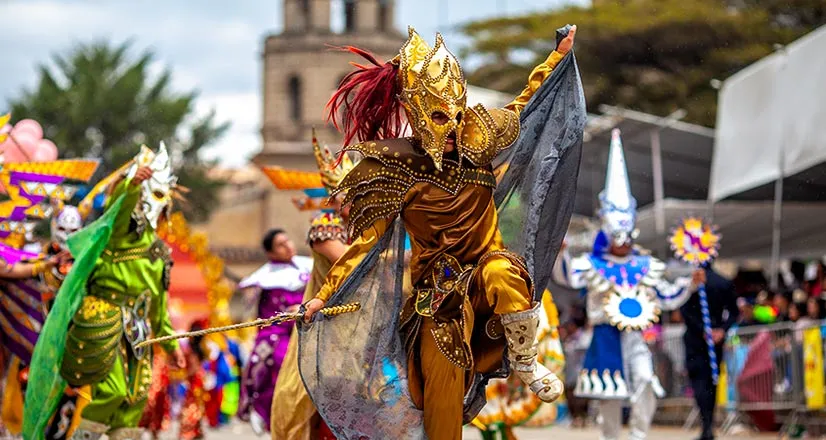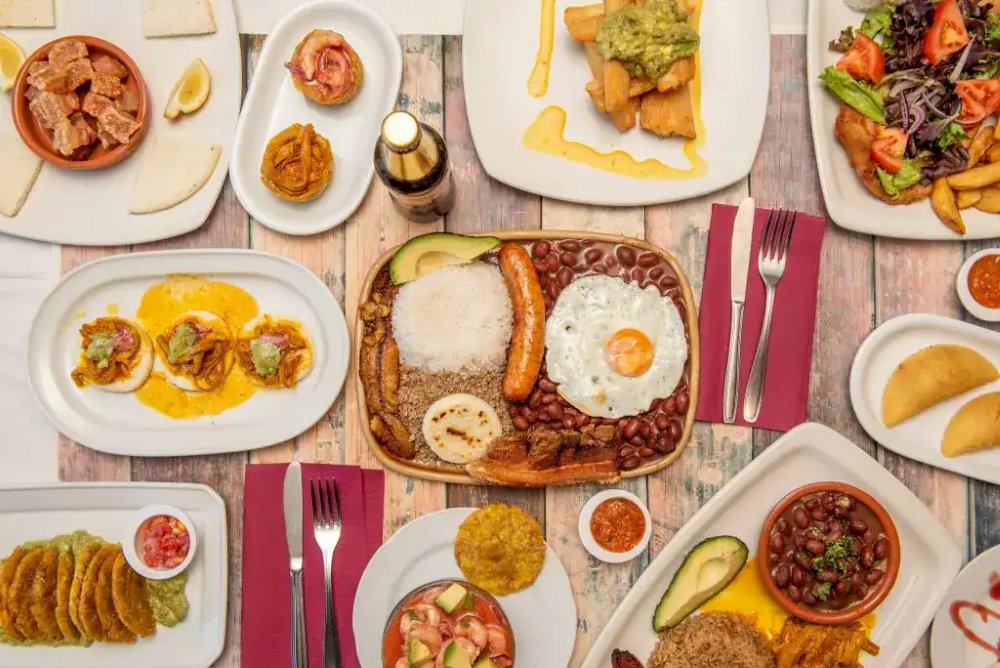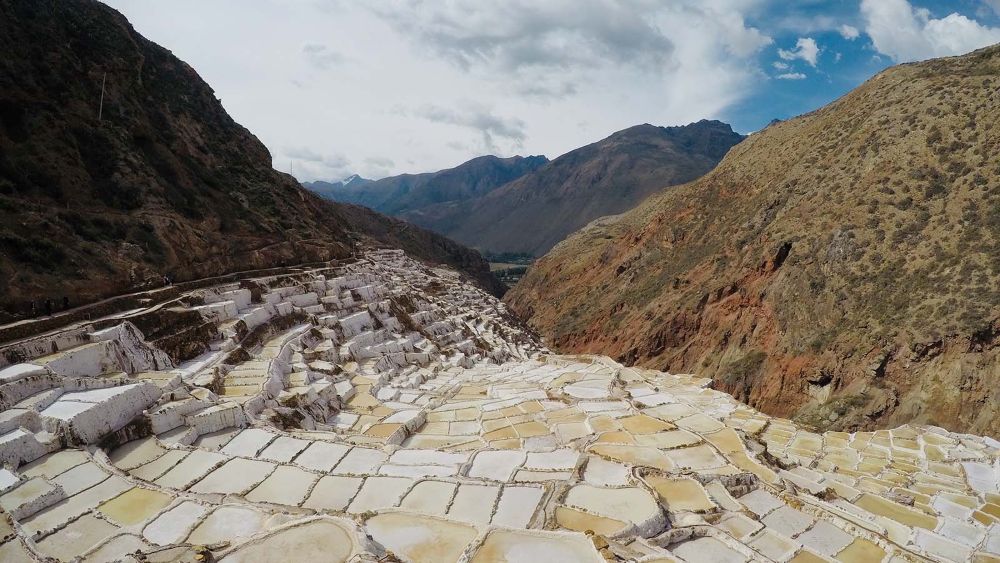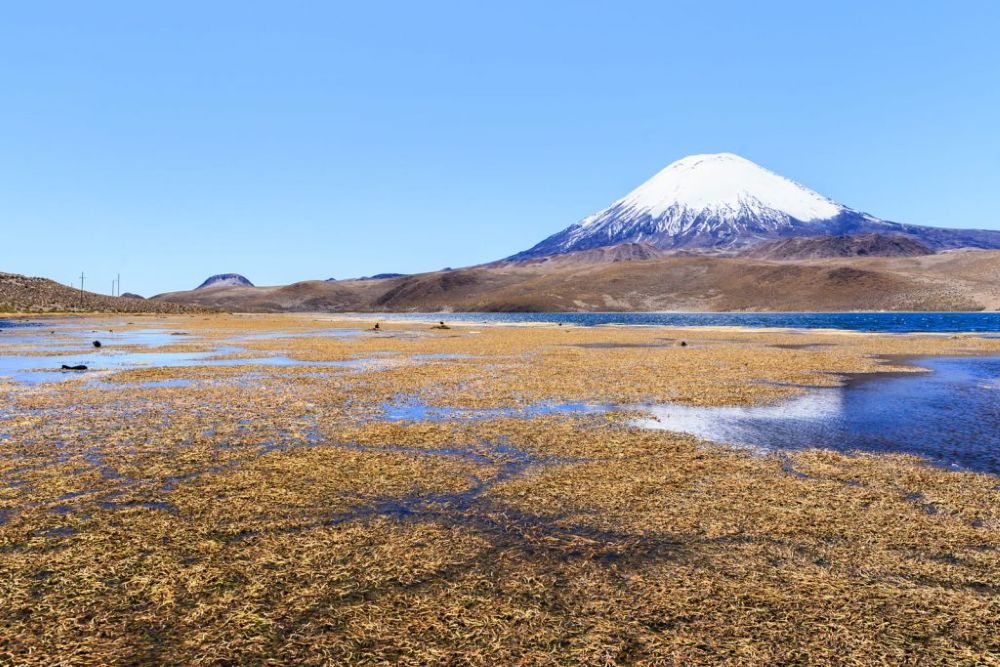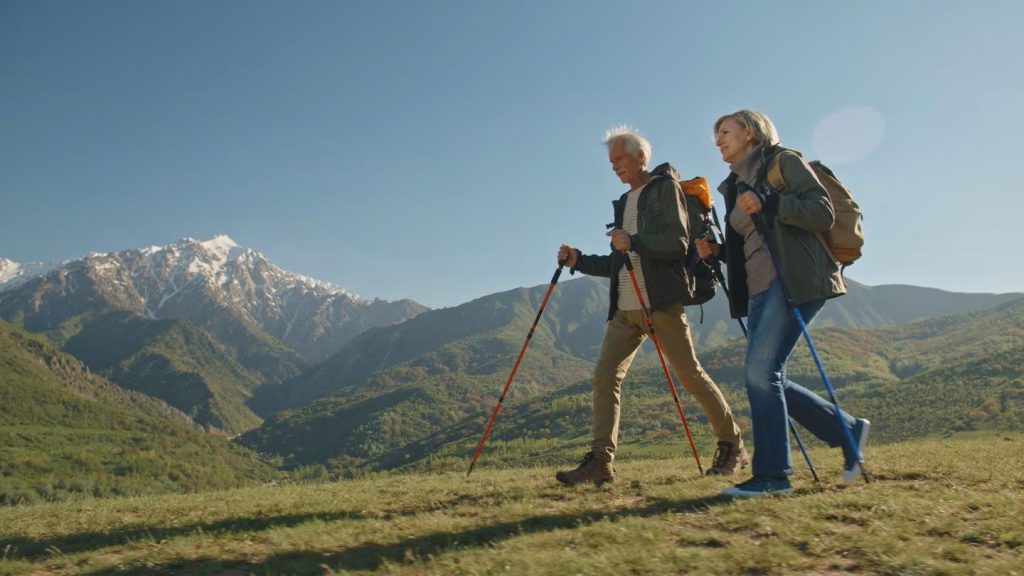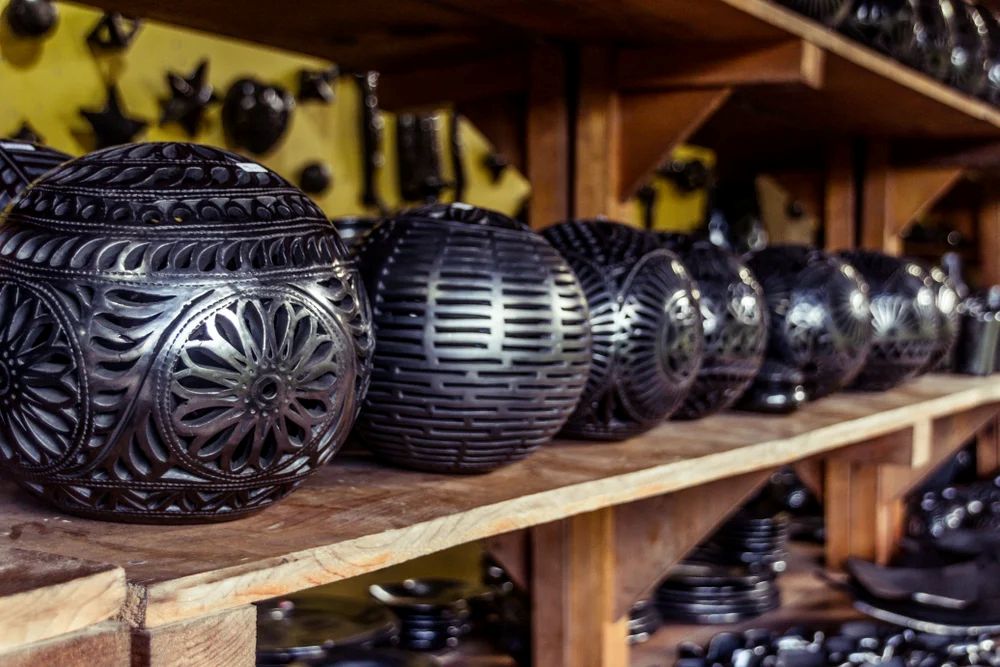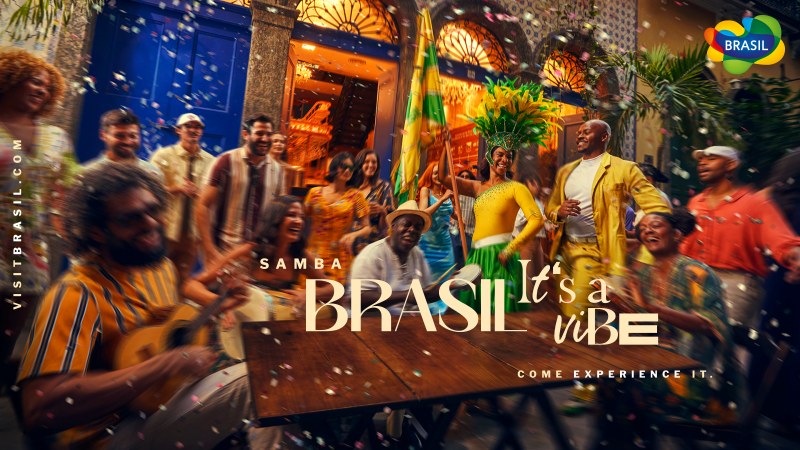Carnaval de Barranquilla – Colombia (March 1 to 4)
Recognized by UNESCO as part of humanity’s intangible cultural heritage, the Barranquilla Carnival is the largest in the country and the third largest in the world. During the four-day event, the streets of the “Arenosa” are filled with parades of floats, ” comparsas ” troupes and musicians performing traditional Caribbean rhythms such as cumbia, mapalé and porro. The festival attracts thousands of visitors and locals alike, who appreciate this unique blend of Afro-Colombian, indigenous and Spanish cultures.
Our article: Cumbia, bewitching rhythms from the heart of Colombia
Over 800,000 visitors are expected to attend this year’s event. They’ll enjoy its flagship events, such as the Battle of the Flowers, a parade of dazzling, creatively and meticulously designed floats along Via 40, folklore groups, typical costumes and representative characters, such as King Momo and the Carnival Queen. The slogan ” En Barranquilla se baila así ” (In Barranquilla, we dance like this) – a tribute to Barranquilla native Shakira’s famous line from her song ‘Hips Don’t Lie’ – illustrates the diversity of rhythms danced in the city, reflecting how the carnival tradition is perpetuated from generation to generation.
Carnaval de Santa Cruz de la Sierra – Bolivia (March 1 to 4)
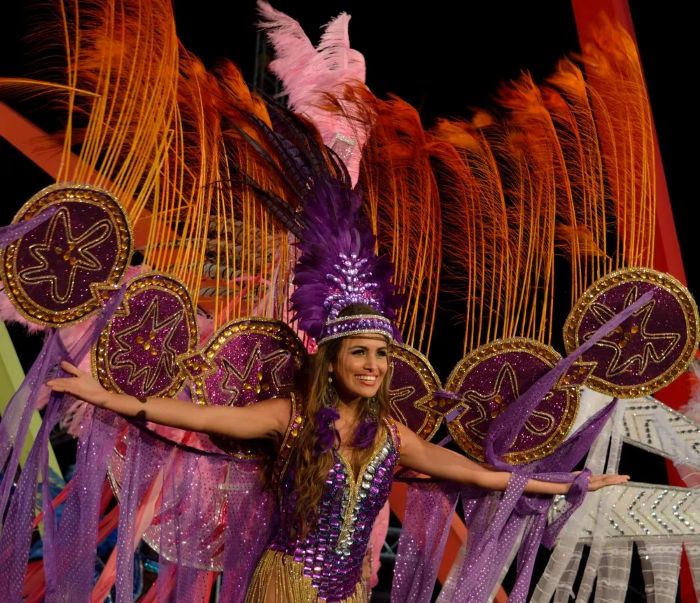
In February and March, the whole of Bolivia gets into the swing of things for the carnival season. Festivities in the city of Santa Cruz de la Sierra are particularly famous for their grand opening parade, ” El Corso “, where colorfully-dressed troupes dance to traditional rhythms such as Taquirari, Chovena, Brincao,Atico and Kaluyo while escorting the Carnival Queen. These celebrations also extend across the country to cities such as Potosi, Sucre, Tarija and Cochamba, where you can also enjoy the carnival spirit.
Carnaval de Cajamarca – Peru (March 1 to 5)
The Cajamarca carnival is one of Peru’s most representative and typical events. Every year, the city welcomes over thirty thousand visitors eager to discover the music, dance and traditional myths of Peru. The festivities begin with the entrance of the Ño Carnavalón (King Momo) – who represents mockery and sarcasm – in a parade in which locals walk the streets with a doll and paint, which they sprinkle on spectators. During the celebration, parades of floats are held, as well as ” comparsas ” and costume contests. Finally, the last two days are devoted to the funeral and burial of King Momo, precisely on Ash Wednesday, which marks the start of Lent.
National Harvest Festival – Argentina (March 1 to 9)
Mendoza, known as the land of sun and good wine, celebrates the harvesting and processing of grapes by winemakers every year during the National Grape Harvest Festival. Among the main events are the fruit blessing ceremony, the white way of the queens, the carousel and the central act, which takes place at the Frank Romero Day Greek Theater, where a lively show tells the story of the grape harvest and the relationship between land and wine, through dance, music and theater. This edition aims to preserve and pass on the winegrowing tradition with the image of the eternal Wine Guardian.
Our article: South America shines at World’s 50 Best Vineyards
Mariana Festival – Ecuador (March 3)
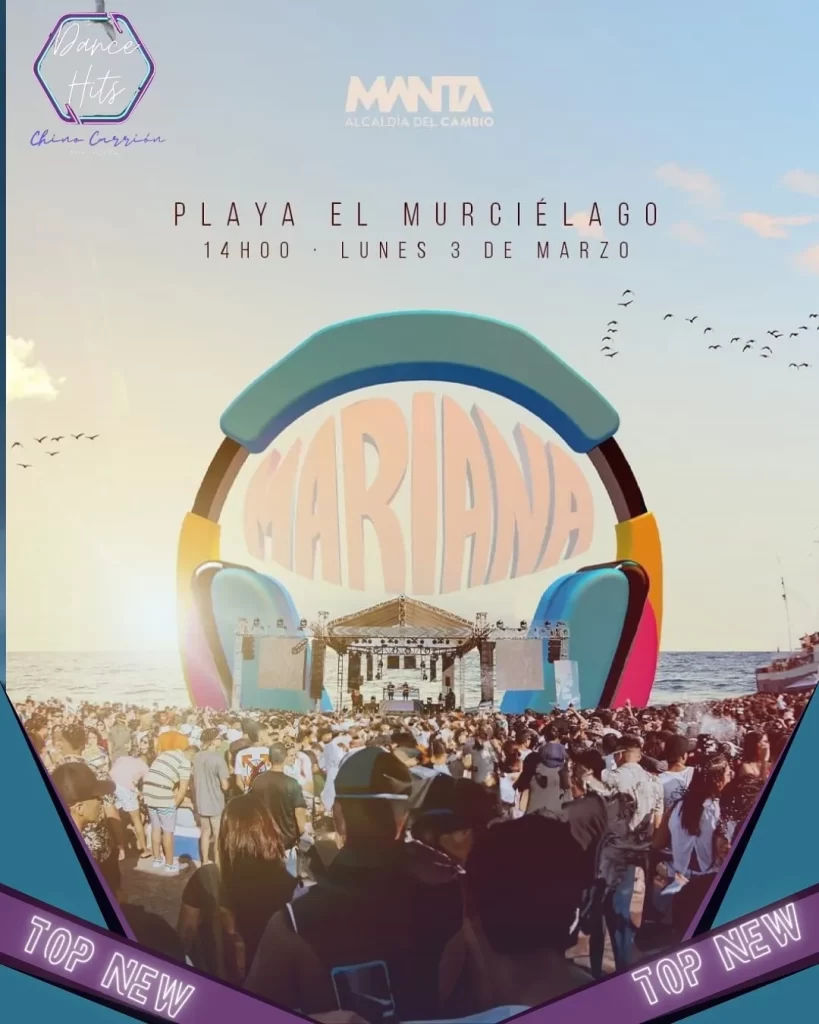
In the city of Manta, the Playa del Murciélago – borderingthe Pacific Ocean – becomes the stage for Ecuador’s most eagerly awaited electronic music event.
After welcoming over 40,000 attendees in its first editions and reaching a record 60,000 festival-goers in 2024, Mariana Festival, in its ninth year, hopes to continue connecting music lovers with national and international DJs. High-profile artists include KYD, B JONES and IVY.KST!
Photos: Alcaldia de Barranquilla | Richard Vaca | Festival Mariana | D.R.

